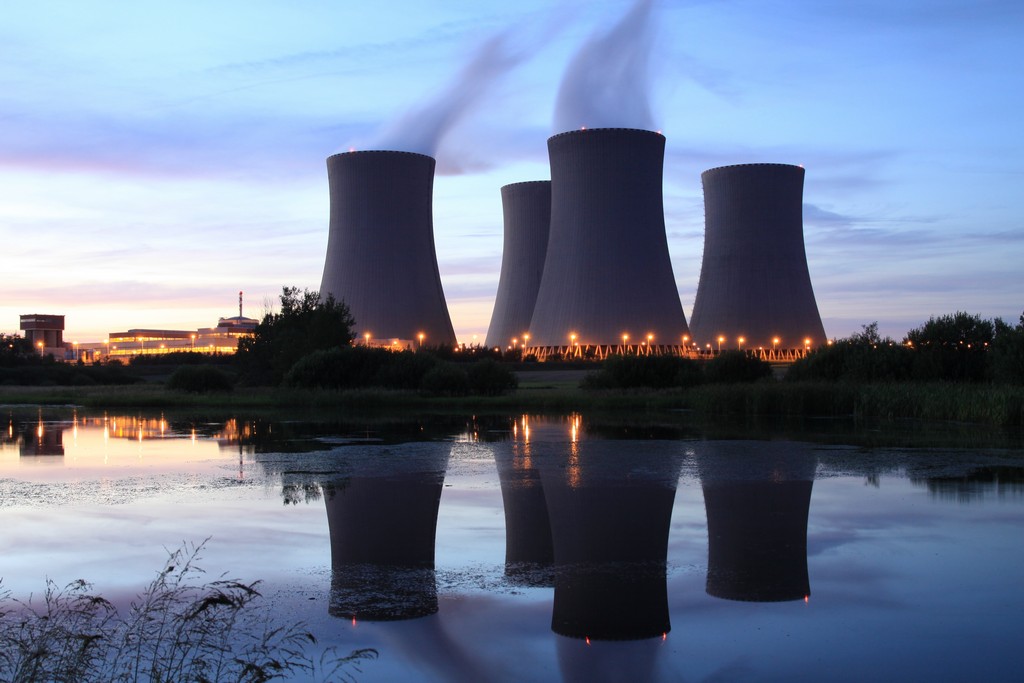PH Updates Nuclear Emergency Response Plan as Part of Energy Roadmap
- March 4, 2025
- 0

The Philippines has strengthened its nuclear emergency preparedness with the enhancement of the National Nuclear and Radiological Emergency Preparedness and Response Plan (RADPLAN). The Department of Energy (DOE) and the Department of Science and Technology – Philippine Nuclear Research Institute (DOST-PNRI) led a writeshop with 23 member agencies of the Nuclear Energy Program Inter-Agency Committee (NEP-IAC) to refine protocols for nuclear and radiological emergencies.
The updated RADPLAN establishes clear emergency response strategies, ensuring that inter-agency coordination, disaster risk reduction, and public safety measures align with international nuclear safety standards. The revisions build on prior writeshops in 2023 and a 2024 technical review, integrating best practices to improve nuclear incident mitigation and preparedness.
DOE Director Nenito C. Jariel Jr., who heads the NEP-IAC Subcommittee on Emergency Planning, emphasized that the plan strengthens the country’s nuclear emergency response capacity and ensures a proactive approach to potential risks. He noted that the finalized RADPLAN will undergo a high-level review by the National Disaster Risk Reduction and Management Council (NDRRMC) to ensure it complies with national disaster response policies.
As part of the Philippine Energy Plan, the government aims to integrate nuclear energy into the power mix by 2032, starting with 1,200 MW of capacity and expanding to 2,600 MW by 2035 and 4,800 MW by 2050. The NEP-IAC is actively reviewing compliance with both domestic and international nuclear safety regulations to finalize protocols and frameworks ahead of the country’s first nuclear power plant construction.
The DOE and DOST-PNRI reaffirm their commitment to ensuring nuclear safety and public protection as the country moves toward its clean energy transition. Strengthening nuclear emergency response measures is a critical step in building a secure and sustainable energy future for the Philippines.
What are your thoughts on the Philippines’ move toward nuclear energy and strengthened emergency preparedness? Should the country accelerate its nuclear energy plans to meet growing demand? Share your insights in the comments below and follow Power Philippines for updates on energy developments!